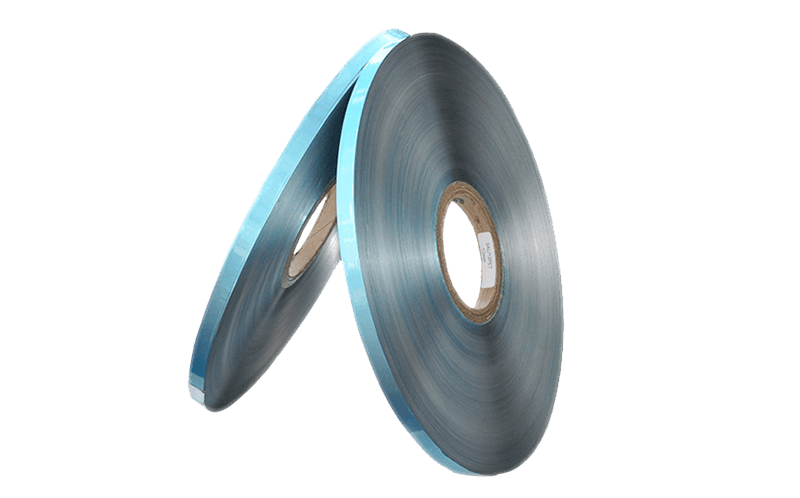Ultra or high flex cables typically cable insulation ma […]
Ultra or high flex cables typically cable insulation material come in heavy-duty, oil-resistant, continuous flex, multi-conductor constructions. Being able to continuously flex, bending flex or even Torsional Flex requires incredibly reliable constructions, which are consistently tested between 2 and 14 million cycles, depending on the manufacturer. These incredibly flexible and durable cables are designed to withstand medium stress and movements in dry, moist and harsh conditions.Wire and cable are the future. They're in our homes, vehicles, entertainment systems, our technology and just about everything else that requires electrical energy. With an expanding number of devices constantly being produced, society is increasingly requiring more cabling products to make, deliver and build these ever-expanding products. Many of these applications are beginning to use moving parts as more advanced and technical systems are being created.
More advanced technology has caused increasingly innovative inventions to come forward in every industry, which consistently requires applications to have more extensive motion ranges. In simple terms, a cable's flexibility is a measure of how much movement that specific construction can tolerate at any given time. When an electrical cable is twisted, pulled or bent into various positions other than its original form, that cable's overall flexibility is being tested. High flex life constructions are able to stay bent for long periods, while cables with low flex life have little to no tolerance for moderate bending/flexing.A commonly used term that is often used to describe a flexible cable is. This term helps describe a cable that can be bent back and forth easily. A good example is a doctor using an electrical tool. Think about how that tool is powered and all the different bends and turns that must be made to conduct that surgery correctly. Without hesitation, the tools must never kink, twist or do anything that may affect the surgeon's hands. This is just one example of how high levels of flexibility are essential in specific applications.
Flex life is commonly believed to be the same as flexibility, while it actually measures how frequently a cable can move, rather than the way it can move. The standard cable can only bend a specific amount of times before the insulation and conductors begin to fail. The benefit of using a high-flex cable is acquiring the ability to flex repeatedly without failure, making these constructions the most reliable option when application movement is present. Ultimately, the distinction for whether you need a high-flex cable comes down to the application. In many applications within the manufacturing industry, such as industrial machinery or factory automation, both flexibility and high-flex life are a requirement. The required construction is determined by the amount of movement expected and how often the cable needs to move. The more flexibility and constant movement your application requires, the more flex life your construction will need.
Torsional flex cables are utilized for their ability to handle constant twisting around their axis. These cables are heavily relied on by robotic and automation applications because of their ability to be pulled back and forth, often combined with bending and rolling motions. The standard applications often have repetitive movements that involve a fixed range of motion. Lastly, Torsional flex cables are tested between 2 and 12 million cycles, like all other flexing motion cables. Technology is advancing at an ever-increasing rate, from single-arm manufacturing robots to the common household Roomba. With these new inventions and the expansion of current capabilities, high flex cables are consistently increasing in demand. Whether the applications require continuous flex, bending flex or even torsional flex, there are cabling solutions for all applications where movement is present. Sycor Technology has been supplying high flex cables since 1981 and can supply just about any construction requirements your application may have. If you have any questions or concerns about these reliable cabling constructions, feel free to reach out to one of our cabling specialists.



